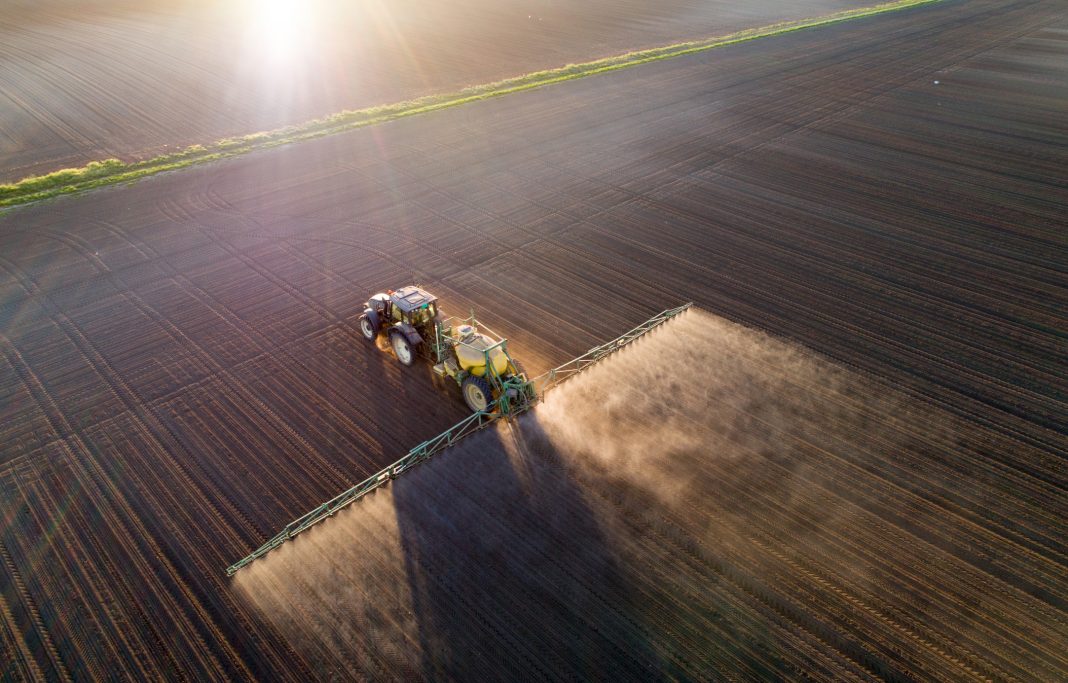Aarthi JanakiRaman, Research Director, Chemicals and Advanced Materials at TechVision, explains how biodiversity plays a vital role in crop and soil health management
Advances in crop and soil health management have increased crop yield, productivity, resilience, and resistance to pests and diseases. An increase in yield and productivity has made inroads in addressing the food security needs of the growing global population.
However, it has also resulted in the rise of mono-crop rotation, reliance on a smaller number of major crops to satisfy nutritional requirements etc. This has led to compromise on the nutritional quality of the crops and dependence on fortification and supplementation measures to ensure optimum nutrition through food and diet; adversely affected plant’s innate ability to resist diseases and pests; changes in the indigenous microbial population and soil makeup, leading to depletion of functional components and soil fertility.
This results in the use of external aids and inputs, which in turn, compromises the soil biodiversity, creating a vicious cycle. The FAO, in its report The State of the World’s Biodiversity for Food and Agriculture, published in 2019, highlights that the degrading biodiversity in our food and agricultural ecosystems will have a lasting impact in climate change mitigation. The report also mentions the need for sustained efforts from all stakeholders to preserve biodiversity in our soil ecosystems for a more sustainable future.
Biodiversity: Enabling sustainable agriculture
Restoring biodiversity in agricultural practices requires a multi-faceted approach involving crop management, balancing soil microbiota, water, and pest management, to name a few. It extends beyond crop diversification and involves soil health management, pest control systems, monitoring of flora and fauna in the ecosystem, water-energy inputs, etc. A highly diverse environment considers those above, along with an integrated and long-term approach to replenishing and maintaining biodiversity, foremost being the need for plant diversity and biological methods.
It is known that biodiversity and crop productivity & yield are interlinked and depend not only on the crop but also associated biotic and abiotic factors. Restoring ecological balance will improve crop productivity through cross- pollination and minimize the dependence on artificial growth promoters/aids; soil microbiota will control the growth of soil pathogens, pests, and weeds. Traditional practices of intercropping and interplanting, encouraging the presence of useful pests and small animals, can preserve biodiversity. Maintaining a balance between soil organic matter, microbes, organisms, and plant diversity will create a viable ecological system that will help in nutrient cycling, improve nitrogen fixation, increase mineral and enzyme content in the soil, and control soil- borne pathogens, to name a few prominent benefits. Additionally, it increases nutrient availability and pest resistance in plants.
Soil health management and the role of soil diversity
Besides crop and soil diversity, biological control methods also play a part in ensuring soil diversity. Judicious use of microbes such as bacteria, fungi and viruses can act against pathogens and pests, making them effective biological control agents. Controlled and monitored introduction of microbial species in the soil ecosystem can boost the microbial population and provide an additional layer of defence against plant pathogens and pests. Naturally, derived solutions, biopesticides or growth enhancers can introduce sustainability in agricultural practices and improved soil health management.
Sensor technologies and data analytics that can constantly measure soil quality, track microbial populations, and interpret data patterns can help define and redefine strategies to create a well-rounded agrarian ecosystem. Synthetic biology and omics technologies that can help develop resilient crops and improve diagnostic tools, nanotechnology, and biotech approaches to improve the efficiency of biological crop protection and pest management solutions are some of the ongoing research areas that can help enhance sustainability in agricultural practices.
Recent research efforts on understanding how interlinkages between plant diversity, soil and plant microbiome, biological pest management and how crop protection chemicals can impact ecological balance will play a vital role in achieving soil health management and a well-rounded soil ecosystem.
Action points for creating a viable, diverse ecosystem
A careful and controlled approach is needed to promote biodiversity. For example, microbial biocontrol agents can secrete secondary metabolites affecting plant nutrient bioavailability. Fertilizers and growth promoters can also interact with the microbial population, altering microbial interactions and altering/masking disease symptoms and infestation signs, thereby affecting yield and productivity.
Research to understand the interplays between various approaches is crucial to avoid adverse effects. Studies focused on crop combinations and aimed at understanding the interactions of soil-plant-microbiome-disease and pest management solutions are necessary for improving the innate resilience of agroecological systems and minimizing external aids.
A multi-sectoral approach involving all stakeholders is needed to develop programs that can provide a long- term solution to soil health management that is not only restricted to improving diversity. A method with stakeholders’ participation across the value chain can relieve underlying pressures related to food security, smoothening the transition to a more environmentally friendly approach for integrated crop and pest management.
Undertaking efficacy studies to design and test targeted and customized approaches can mitigate risks and losses to farmers while promoting sustainability. Governmental programs and schemes can increase sustainability measures when incentives and tax credits are offered. Consolidation of policies and schemes can prevent ambiguity and encourage sustainability practices that can prevent and restore biodiversity loss.











